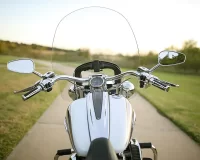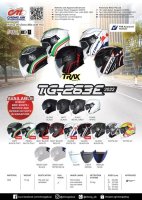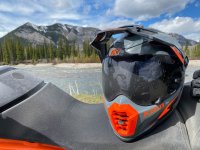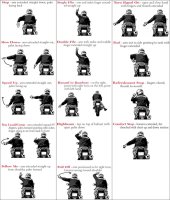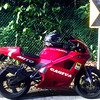.thumb.jpg.942d9c8d2090d78b3319f3cc3d3744e6.jpg)
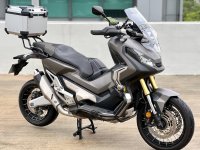
@Auto ExchangeTeam has introduced an exciting HONDA X-ADV to their list of rental bikes! Worth to explore if you are looking for any motorbike rentals.
Join SingaporeBikes on Telegram for more of the latest news, special offers, reviews of motorcycles, and more!
- Read more...
-
- 0 comments
- 1,472 views
.png.f357c4bbda45b8d1f0301390a48a7ff4.png)
